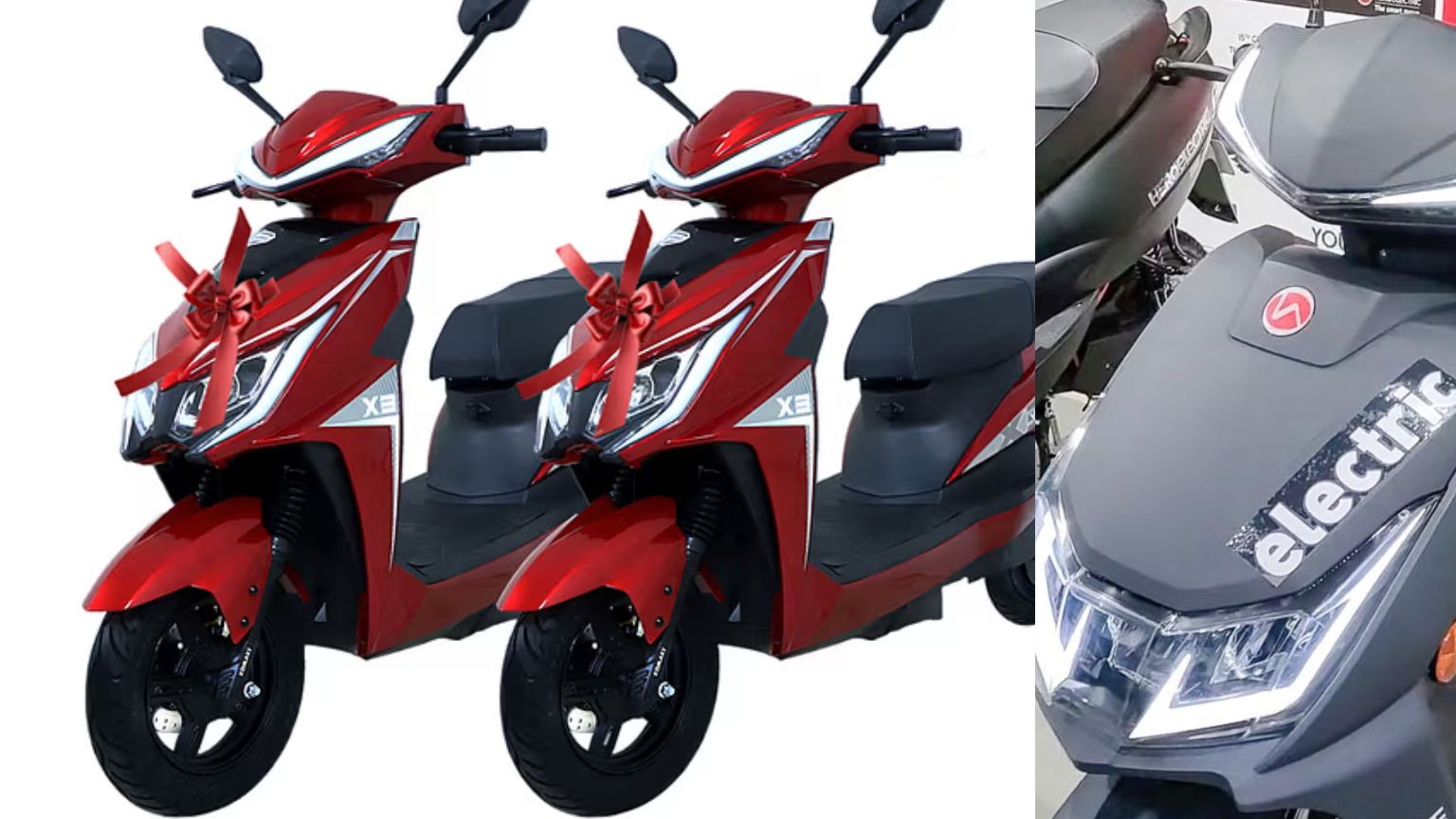Free Scooter Schemes in India 2025: How to Apply, Who Can Benefit
Several Indian state governments have launched Free Scooty Schemes in 2025 to empower young women, students, and disabled citizens. These initiatives provide electric two-wheelers or substantial subsidies to eligible beneficiaries, helping them access education, jobs, and mobility without financial burden.
This article covers major schemes across states, eligibility criteria, application process, document requirements, and important dates.
State-wise Free Scooty Initiatives
Assam – Pragyan Bharati Scooty Scheme
Assam’s government facilitates distribution of scooties to meritorious girl students scoring 60% and above in the 12th standard board exam. Around 22,000 recipients receive either a petrol scooter or electric variant worth up to ₹55,000. The scheme encourages higher education by easing transportation for rural students.
Uttar Pradesh – Rani Lakshmi Bai Scooty Yojana
UP’s aspirational initiative targets high-scoring female students. Announced in the 2025 state budget, it aims to empower rural girls with scooters. Eligibility includes scoring 60–75% marks, annual family income below ₹2.5 lakh, and enrollment in recognized institutions.
Rajasthan – Kalpana Chawla Scooty Vitran Yojana and Divyang Scooty Scheme
The Rajasthan Education Department introduced a scheme in January 2025 offering free electric scooters to female engineering and diploma holders. A separate program under the Social Justice & Empowerment Department aims to provide free scooties to disabled youth aged 15–45 years.
Tamil Nadu – Amma Two Wheeler Scheme
The scheme supports urban working women aged 18–40 by offering a scooter subsidy up to ₹25,000 or 50% of the vehicle cost. Applicants need a valid two-wheeler license and must be government-registered workers.
Madhya Pradesh, Gujarat, Tamil Nadu, Maharashtra, Odisha – EV Scooty Grants
Several states are rolling out Free Scooty Yojana variants tied to Class 12 results and youth empowerment schemes. These offer 100% electric scooty grants to deserving female students with 60% or higher marks. In most cases, the grant amount can reach ₹1.25 lakh.
Common Objectives of Free Scooty Schemes
- Encourage girls’ education in rural and semi-urban areas
- Provide safe and affordable transport for women and differently-abled individuals
- Promote electric vehicle usage and eco-friendly mobility
- Support employment access for working women and youth
Eligibility Criteria (General Overview)
While specific rules vary by state, here are the most common conditions:
- Gender and Status: Primarily girl students or women aged 18–40, disabled individuals aged 15–45.
- Academic Achievement: Minimum 60% marks in 12th standard exams.
- Income Limit: Family income typically ≤ ₹2.5 lakh per annum.
- Residency: Must be a permanent resident of implementing state.
- Prior Benefits: Applicants must not have previously received government vehicle grants.
Documents Required for Application
- Aadhaar card (identity proof)
- Class 12 mark sheet (for student schemes)
- Caste or income certificate (if applicable)
- Residence proof (state-specific)
- Student ID or college registration proof
- Bank account details (linked to Aadhaar)
- Disability certificate (for Divyang schemes)
- Passport-size photograph and mobile number
How to Apply: Process Overview
Online Portal Application
Most states offer online registration via their dedicated scholarship or education portals:
- Register/login with Aadhaar and mobile number.
- Select the relevant scooty scheme category.
- Enter class and income credentials, upload documents.
- Submit the form and download acknowledgment.
- Await merit list publication and scooty distribution updates.
Offline Application (Where Applicable)
Some states allow application forms at local offices like District Education or Women’s Welfare Departments. Applicants submit the form, documents, and wait for the local list display.
Status Tracking
Beneficiaries can check selection status on the portal, receive SMS alerts, or view published merit lists in college or district noticeboards.
Sample Timeline & Schedule
| Activity | Timeline |
|---|---|
| Scheme Announcement | Early 2025 |
| Application Window | June – August 2025 |
| Merit List Publication | Late August 2025 |
| Scooty Distribution Begins | September – October 2025 |
| Helpline Queries | Available via local state portals |
Student and Guardian Experiences
Many eligible students from Assam and Madhya Pradesh successfully received scooties after securing required marks. However, some cases in Madhya Pradesh revealed administrative confusion—students from municipal-run schools were denied benefits despite qualifying status, prompting helpline complaints and appeals to local authorities.
Several beneficiaries shared they used the scooty daily to commute to colleges or tutoring centers, significantly saving time and family expenses on transportation.
Final Points to Remember
- Applications generally open mid-year and close within 45–60 days.
- Annual quotas and cutoffs change; apply early.
- Eligibility is marks-based with strict documents criteria.
- Scooty variants (electric or petrol) may be offered per state policy.
- Some schemes include limited no-cost feature; others provide capped subsidies.
- Distribution may happen via camps, school issuance, or home delivery.
apply now
The Free Scooty Schemes introduced across India in 2025—targeted at girls, working women, and differently-abled youth—represent a transformative effort to boost education access and mobility. With proper documents and merit, eligible candidates can receive fully funded electric scooties or generous subsidies. These initiatives not only support individual empowerment but also further the cause of sustainable transport in rural and semi-urban communities.
Apply through the state’s official portal when the scheme opens, keep track of merit and distribution phases, and approach local government helpline points for clarification.
